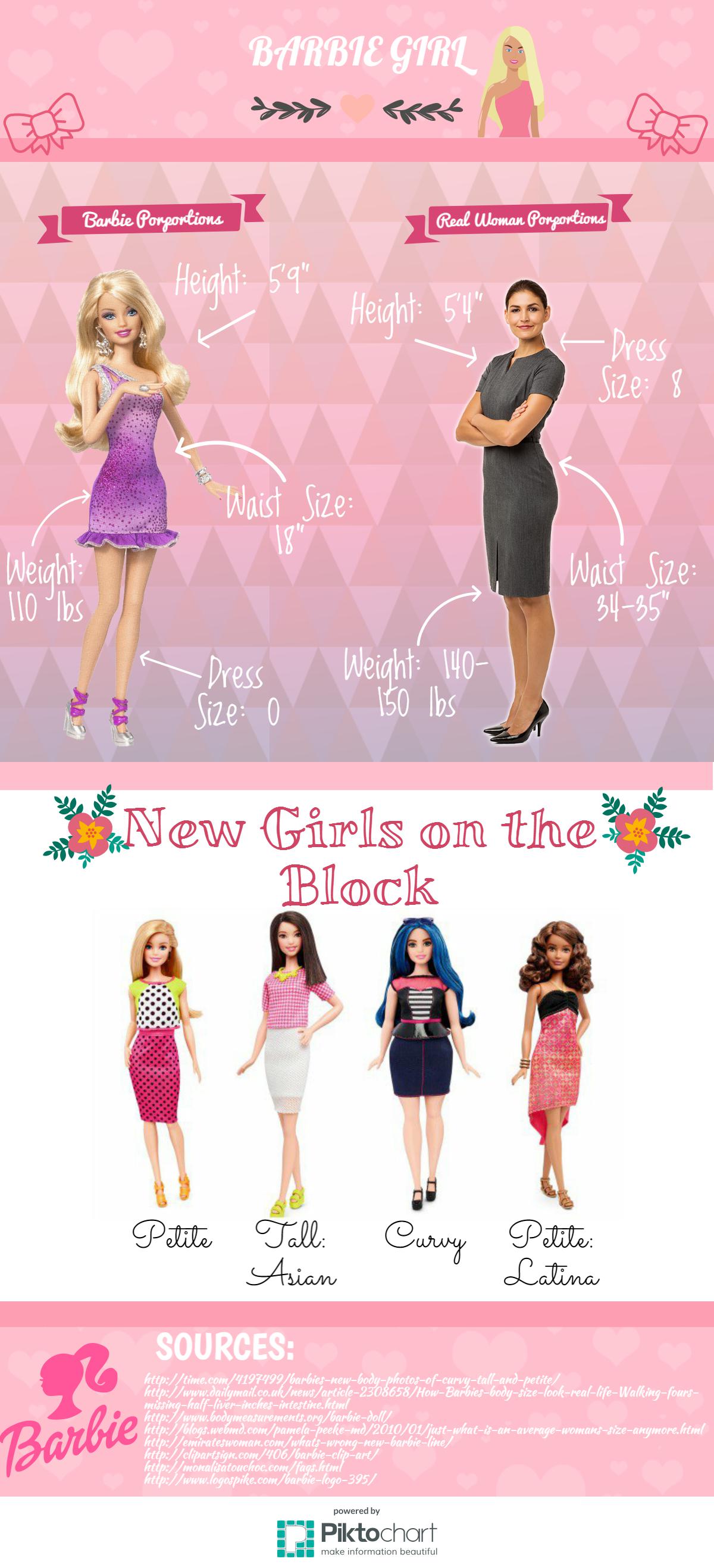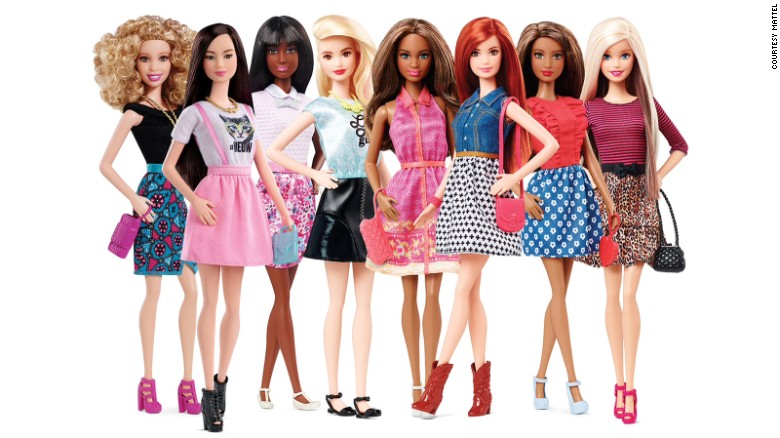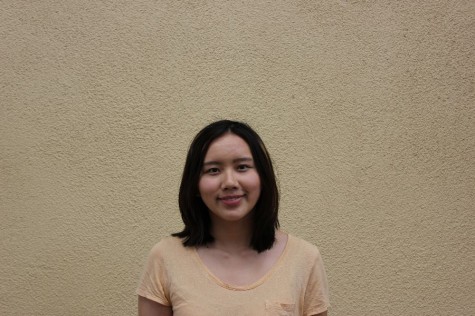Barbie is making a comeback this year.
She’s changing up her looks, and hopefully reaching more girls.
Last January, Mattel released the new Barbie, with different ethnicities and body types. Most of the reactions have been positive.
Sophomore Miya Okumura said, “I think it’s good that there are new Barbies with different races and body types because Barbies used to be blonde, blue-eyed, and very skinny. Because of these features, some children might have felt insecure, because they weren’t as ‘perfect’ as the doll. I think it’s wonderful that these new Barbies are coming out, because everyone is beautiful and perfect in their own way.”

But some are skeptical of Mattel’s motivations for doing so.
Junior Sonia Mahajan said, “Even though these new Barbies are inclusive, I still feel that Barbies are not the greatest toys. I think Mattel is not being sincere in making these new dolls. In a way, I feel like they are just trying to buy into a piece of the new ‘trend’ of racial diversity and body acceptance.”
Barbie, herself, seems to be based on American standards of beauty.
Junior Snehal Pandey was born in India. She said, “We didn’t really have a ‘Barbie’ concept, and by the time I found out what they were, I was too old to play with them anyways. We had dolls in India, but they were never portrayed as wearing a lot of makeup or being super skinny. They were just simple dolls.”
Since Barbie’s appearance in the 1960s, parents and educators have noticed her unrealistic body goals.
According to Huffington Post, if Barbie were a real woman, she would have a BMI of 16.24 and fit the weight criteria for anorexia. She likely would not menstruate, and would have to walk on all fours due to her proportions.
Despite this, Barbie has been trying to become more progressive with each new decade.
Junior Aija Grant said, “I like the message Barbie’s been sending. Since I was a kid, Mattel has been making changes to Barbie that encourage young girls to pursue whatever they want. When I was 6, Mattel only advertised Barbie as a ballerina or actress or other less technical jobs. But when I was around 10 years old, the company started portraying Barbie as a doctor, a scientist, or a vet, jobs that required education and intelligence. I think Barbie is trying harder and harder to be an inspiration for girls and show them that being female is not all about the way you look, yet you should still have pride in your appearance and the way you dress.”
Grant continued to say, “I definitely used to think Barbies were sexist because they had everything in pink and were centered around appearance and ‘finding Prince Charming.’ Certainly, this new line is making some progress and I wish to see even more diversity in the races and body types of future Barbies. Hopefully, Mattel doesn’t stop here in its changes and continues to make Barbie a better, less detrimental role model for girls.”
But so far, Barbie’s new changes have been welcomed with open arms.
Junior Candela Graciarena said, “Barbie is growing and changing to fit into a more diverse world, filled with different women. I think it’s definitely a step in the right direction away from ‘the perfect woman’ stereotype. It always used to be ‘real women aren’t like Barbie dolls’ and now that it’s changing, I think that’s far better for everyone.”


